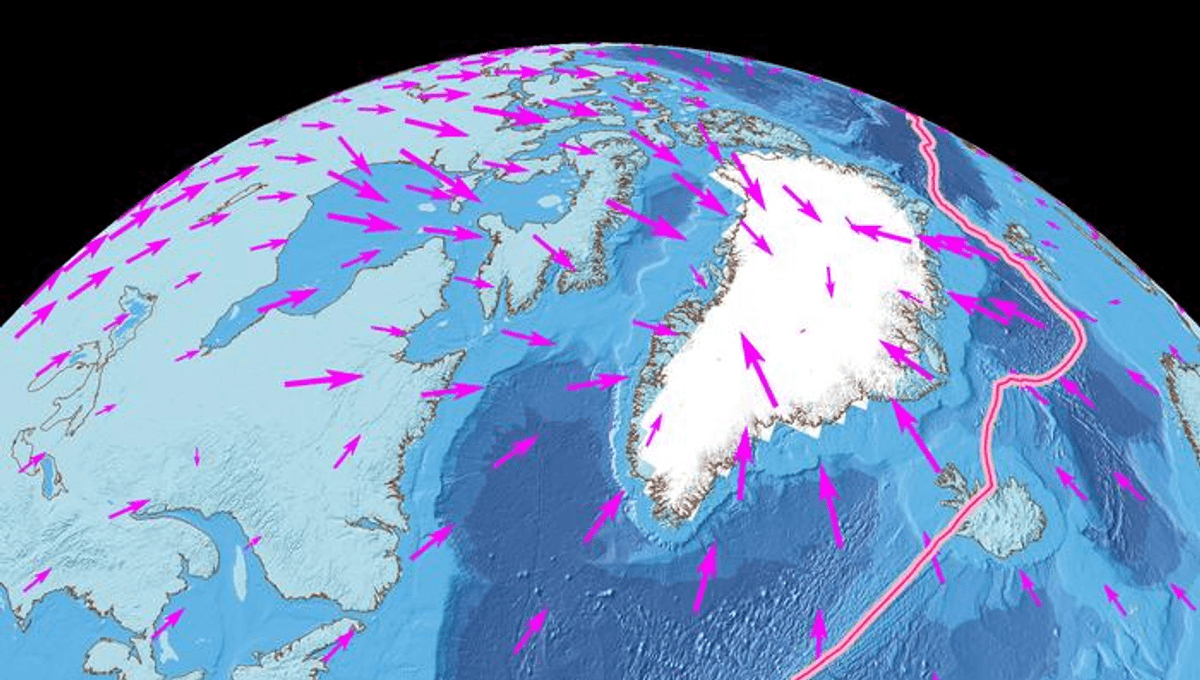
Recent research has revealed that rapid ice loss during the last deglaciation period caused the entire North American continent to experience a slight physical shift. The continent’s movement was a response to significant changes in mass distribution as vast ice sheets melted and redistributed water into the oceans.
When large quantities of ice, particularly from the Laurentide Ice Sheet, melted around 10,000 years ago, the reduction in weight on the Earth’s crust triggered a process known as glacial isostatic adjustment. This geological phenomenon caused the land to slowly rebound and reposition itself. New modeling and satellite data confirm that not only did this vertical rebounding take place, but a horizontal ‘continental spin’ was also induced by the change in the mass distribution.
Scientists observed that the melting ice led to a deviation in Earth’s rotation axis and a slight wobble, which had the net effect of moving the continent incrementally. Although this shift is imperceptible in human lifetimes, it is significant in understanding Earth’s geophysical processes and the long-lasting impact of climate-induced ice loss.
The findings contribute to a broader understanding of how changes in climate and glacial mass can influence not only sea levels and local landscapes, but also the orientation and position of entire continental plates over time.
Source: https:// – Courtesy of the original publisher.






